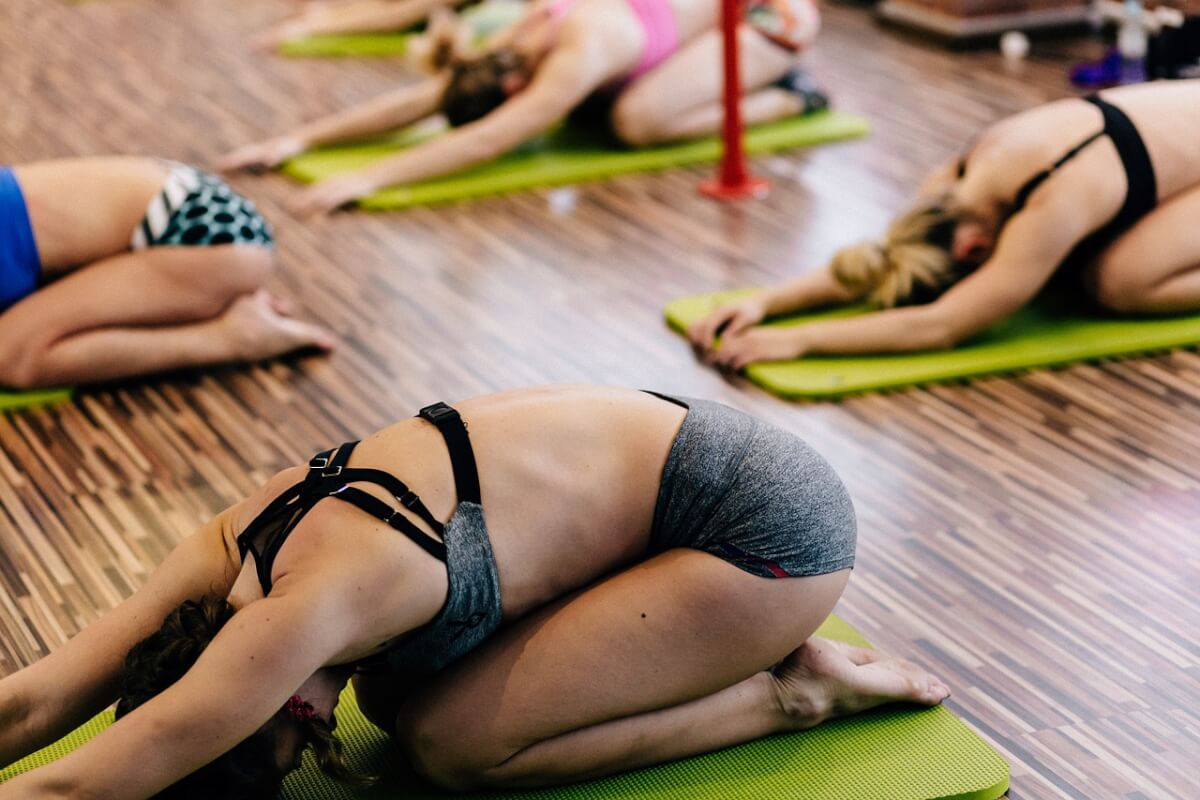A recommended 30-minute minimum of daily activity is the norm. Before starting any exercise program, it is vital that one speak to their doctor to ensure there are no unseen risks, however you will find that most doctors recommend exercise for their arthritis patients either on their own initiative or when asked.
The types of exercises suggested vary; however, with all types of exercise the warm-up is the starting point. Warming up is best started with applying warm compresses to the joints, followed by mild stretching. Range of motion exercises, such as dance, are a very good start, as are low-impact aerobics. These can relieve stiffness and increase flexibility.
Never discount the effectiveness of walking as an exercise. Walking is a great exercise to improve the arthritic condition, and carrying weights as light as one pound and using your arms as you walk can involve the whole body. The “trick” is to make walking interesting enough as an exercise to stay motivated. Try walking in different settings, alternating walking with dance on different days, and of course including a partner can be much more interesting than going at it alone.
Using aquatics: exercising in a pool-is a great way to exercise as well. Water is an excellent aid because it provides resistance that builds muscle in the entire body while reducing shock to the joints at the same time. Additionally, because the whole body tends to become involved in aquatic exercise the added benefit of cardiovascular exercise is enjoyed. If at all possible, find a heated pool to work out in. Warm water is soothing to the joints and will cause the blood vessels to dilate, increasing circulation. With that in mind, it is often beneficial to add using a spa to your regimen, perhaps after your workout, in order to provide some soothing jets of water to your muscles and even more help with increased circulation, which is always vital when dealing with arthritis.
If you still want more variety, you may want to try yoga. Yoga is a general term for several stretching, and pose-oriented exercises originating in India, and is extremely beneficial toward achieving flexibility and reducing stress physically and mentally. There are gentle forms of yoga such as Hatha Yoga that are excellent to start with. Hatha Yoga comprises of gentle stretches and simple poses that help flexibility and balance, and are easy to learn and enjoy. Check your local activities paper or section of your local paper to see if there are any yoga classes near you.
Even when you cannot make it out to walk or to an aquatics or yoga class, there are exercises you can do daily to improve flexibility, strength and conditioning. You can flex your legs while sitting in a chair facing forward, simply by moving your leg outward while keeping your foot on the floor and holding it there for a few seconds, then retracting it until your foot is behind you, then alternating to the other leg. Interlocking your fingers and slowly flexing your wrists to the left and the right for a few minutes a day can help tremendously to increase flexibility and reduce pain in the wrist area.
For your upper back, you can stand upright in front of a table, then lean over and place your hands on the table and tuck your chin back toward your collarbone. Once positioned as such, lift your upper back upward and simultaneously take a deep breath. Hold that position for 5-10 seconds and then relax while exhaling. While doing this, lower your spine slowly as you move both shoulder blades forward as if toward each other. Repeat this exercise for 10-15 repetitions.
For the shoulders and middle back, start again from an upright position standing as straight as you can, reach back and lock the fingers of both hands together. Breathe slowly and deeply and lift upward with your shoulders while at the same time, exhaling. Be sure to keep your chest up and your chin in. Repeat this for about 10-15 sets.
For the shoulders and upper chest, choose a free corner of the room to stand in and place your hands on the opposite sides of the corner. Take a step back about 18 inches from the corner. You now should be facing the corner directly with your hands on both of the walls with your body some distance from the wall itself. Keeping your chest up after inhaling, lean in toward the corner while exhaling. Repeat this exercise for 10-15 sets.
Whatever exercise program you choose, be sure to breathe properly when exercising. Oxygenation is important to any exercise regimen as it promotes a healthy heart rate and reduces fatigue; additionally oxygenation helps circulation, which is vital to achieving the flexibility and strength that you are trying to achieve in battling arthritis. Also, listen to your body. It is natural to feel a little fatigue and soreness when starting a new exercise regimen, However if the pain of soreness persists for more than one hour, or you have a decrease in mobility that lasts longer than an hour, then the regimen should be reduced until the soreness desists.
Also, look for signs of increased swelling of joints or any persistent increase of weakness; these are signs of activities that are too strenuous and a reduction in activity will be necessary. Just remember to take all new exercise regimens slowly at the start. The idea is to increase flexibility not train for the Olympics.
There are three main types of exercises to include in a basic exercise program:
Range-of-motion exercises – These lessen stiffness and help with improving flexibility. “Range of motion” refers to the area within which the joints move naturally or on a daily basis. Although these range-of-motion exercises can be performed every day, it is recommended that they be done at least every other day.
Strengthening exercises – There are two types of strengthening exercises; isometric or tightening the muscles without moving the joints, and isotonic, moving of the joints for strengthening muscle movements. It is recommended to do these sets of exercises every other day, unless you are suffering from more than mild joint pain or swelling.
ndurance exercises – The objective of these is to increase stamina. They also help with improving your inner personal / mental strength and with improving weight control and sleep. Some of the most popular endurance exercises are stationary bike riding, walking and water exercising. And unless you are suffering from more than mild joint pain or swelling, a 20- to 30-minute workout or two to three short 10-minute bouts during the day is what is recommended, an average of three times each week. Be kind to your body, and it will be kind to you.
Arthritis Exercise Tips
Let’s sum up arthritis exercise with a few tips for all:
– Establish your own unique, exercise program so that it meets you personal health needs, budget and environment. Make sure it is safe by checking with your own professional healthcare advisor and workout trainer. And take it slow and steady like Aesop’s turtle in the race.
– Be kind to yourself. Stop if something hurts. And experiment with applying heat before exercising and warming up. Then cool off afterwards with cold packs.
– Enjoy exercising by making it a real part of your life during the week. Include range-of-motion, strengthening and endurance exercises in your routines. And vary your activities; try a new class at a health club one quarter. Next time, go elsewhere or join a naturalist group for weekly hikes in local parks. Keep an active folder with pockets of gyms and health clubs near you with their schedules and up-dated classes and coupon specials. And check newspapers, local bulletin boards, postings at the gyms and clubs, etc. for healthy activities like walk-a-thons and bike-a-thons for nonprofits and evening / weekend hikes in which you can participate. You’ll meet new friends, have fun, get out more and exercise all at the same time.
– Exercise activities are available all around you, too. No need to spend time and money elsewhere. You can borrow exercise videos, cassettes, DVDs and books from public libraries. You can get active by washing windows, cleaning your house, car, pet, children’s closets, your closets, anything…You can even earn money doing activities like walking and distributing flyers, local newspapers and coupons (check with companies who place these in and around your mailbox and door – -they often need help).




